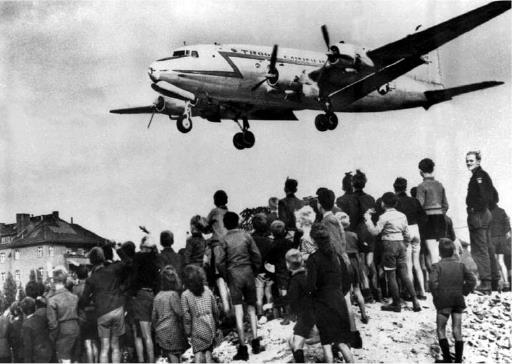War and ConflictWorld War II Ends |
How was it that Anne Frank’s diary survived World War II? |
The young German-Jewish girl’s diaries, which chronicle 26 months of hiding from the German authorities in Amsterdam during World War II (1939–45), were given to her father, Otto Frank (1889–1980), when he returned to Holland from Auschwitz after the war. The notebooks and papers had been left behind by the secret police, and were found in the Frank family’s hiding place by two Dutch women who had helped the fugitives survive. Otto Frank published his daughter’s diaries in 1947. Twenty years later, the English-language edition, The Diary of a Young Girl, was released. It was subsequently made into a play and a film, both called The Diary of Anne Frank.
The diary is an astonishingly poignant account of the suffering—and heroism—during the Nazi occupation of the Netherlands. Anne Frank, born in 1929, had known religious persecution her entire life. She was only four years old when her family escaped Nazi Germany in 1933 and fled to the Netherlands. During the Nazi occupation of that country (beginning in 1942), the Frank family hid in a secret annex behind her father’s office at 263 Prinsengracht in Amsterdam. It was there that Anne lived with seven others for just more than two years, recording her thoughts in three notebooks. But the family was finally found (on August 4, 1944) by the Nazis, who arrested them and put them in German concentration camps. In March 1945, two months before the German surrender, Anne Frank died of typhoid fever in the BergenBelsen concentration camp. Of the eight who had hidden in the secret annex, Anne’s father, Otto, was the only survivor.

